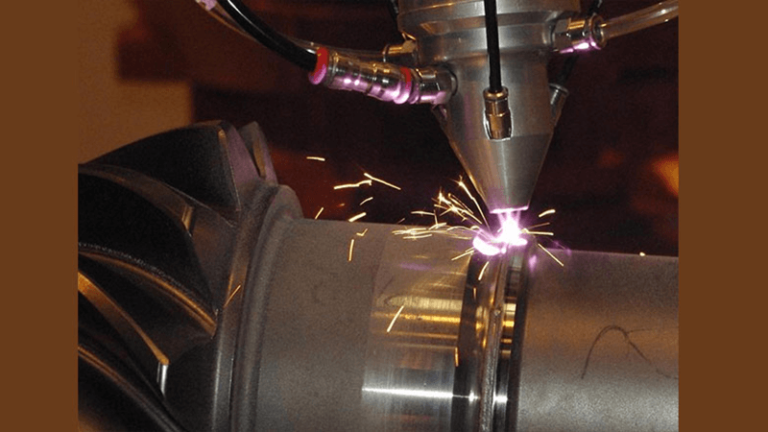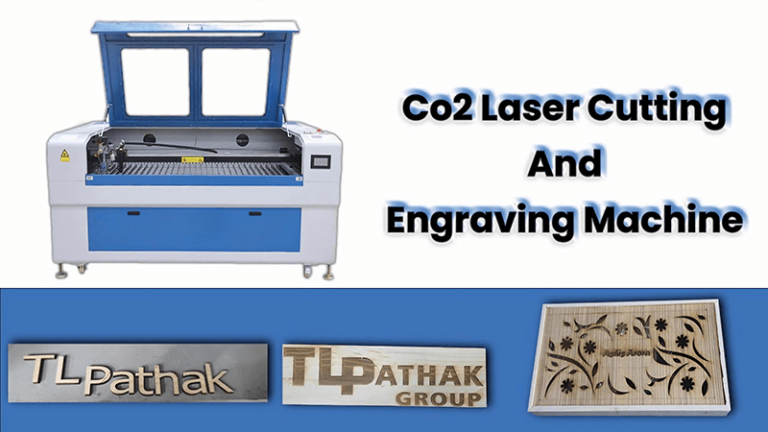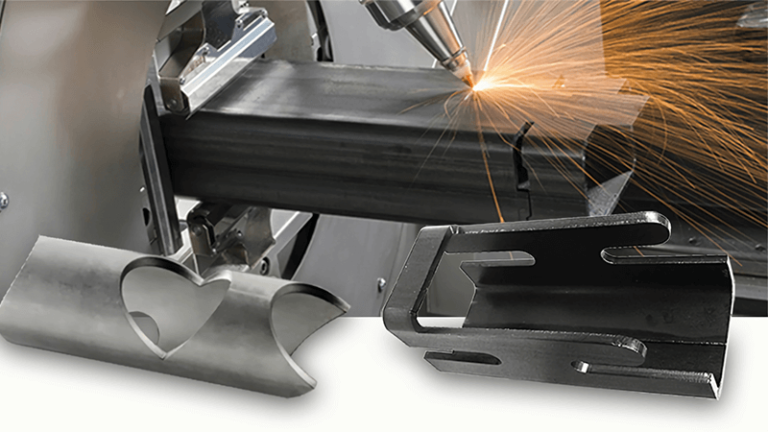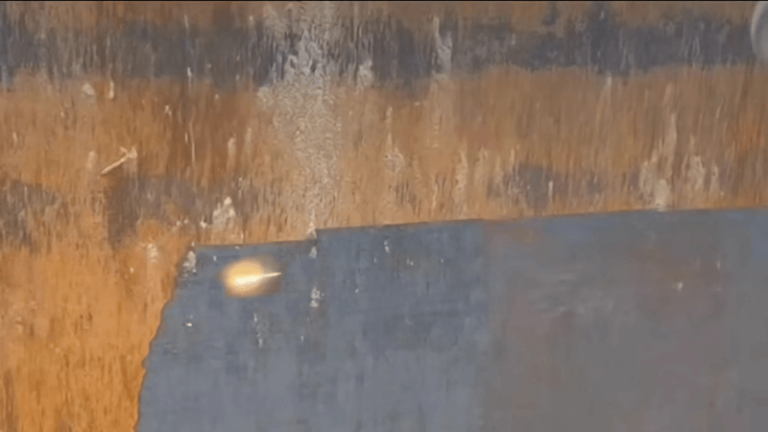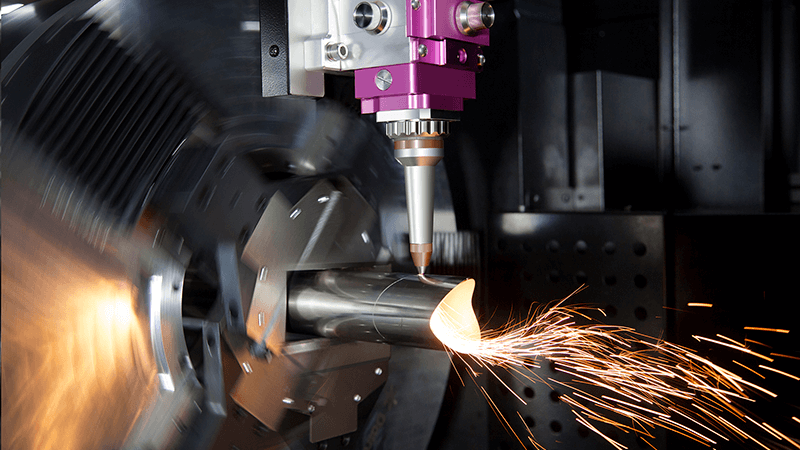
As manufacturers push for greater efficiency and precision, the question arises: how do we improve our cutting processes to meet modern demands? If you're still relying on traditional cutting methods, chances are, you're leaving a lot on the table.
Laser cutting can revolutionize your operations by providing unparalleled precision, speed, and versatility that simply can't be matched by older techniques. Its ability to deliver high-quality results quickly while accommodating a diverse range of materials positions it as an essential tool across various industries.
Laser cutting is an advanced technology that uses high-powered lasers to cut through various materials with pinpoint accuracy. It’s fast, reliable, and cost-effective—qualities that are indispensable for industries seeking to stay competitive. In this post, I’ll walk you through why laser cutting should be your go-to solution for almost any manufacturing need.
What Makes Laser Cutting So Effective?
Laser cutting uses focused light to melt, burn, or vaporize materials, creating incredibly precise cuts. The key here is that lasers are controlled by computer software, allowing for automated, repeatable, and highly accurate cutting. Whether it’s metal, plastic, or wood, lasers can handle it with ease. So, why does this matter to you?
Well, this means your production process is faster, your cuts are cleaner, and the material waste is minimized. All of this translates into greater efficiency and, ultimately, more profit for your business.
Laser cutting is a cost-effective solution for modern manufacturing.True
Laser cutting reduces material waste, minimizes errors, and decreases production time, making it a cost-effective choice for businesses.
Laser cutting is only suitable for cutting metals.False
Laser cutting is versatile and can cut various materials such as metals, plastics, wood, and fabrics, making it suitable for multiple industries.
What Makes Laser Cutting Different From Traditional Methods?
Traditional cutting methods, like saws or mechanical cutters, involve physical contact with the material, which can lead to wear and tear, less precision, and higher error rates. Laser cutting, on the other hand, operates without direct contact with the material, which minimizes the chances of damaging delicate materials. This also means that lasers can cut intricate designs with a level of detail that’s impossible to achieve with mechanical tools.
The difference is clear: laser cutting is fast, accurate, and far more versatile than traditional cutting. It’s time to embrace the future of manufacturing.
Here’s a table that summarizes the differences between laser cutting and traditional cutting methods across several key factors:
| Factor | Laser Cutting | Traditional Cutting |
|---|---|---|
| Technology and Process | Uses a focused laser beam; non-contact tool | Mechanical processes like sawing, shearing; contact tool |
| Precision and Accuracy | High precision, tolerances as tight as 0.005 inches | Good accuracy but struggles with intricate designs |
| Speed of Operation | Significantly faster, 10–100 times faster than traditional methods | Slower pace due to manual adjustments |
| Cost Considerations | Higher initial investment, lower long-term costs | Lower upfront costs, higher ongoing expenses |
| Material Versatility | Handles a wide range of materials | Effective for certain materials, less versatile |
| Safety and Environmental Impact | Reduces risk of injury, generates less waste | Involves more manual handling, higher risk of accidents |
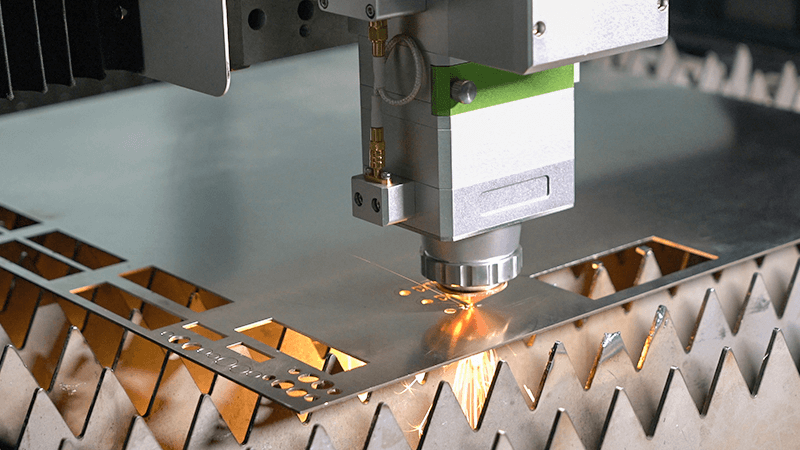
Precision: The Heart of Laser Cutting
One of the standout features of laser cutting is its incredible precision. With lasers, you can achieve cuts with a tolerance as fine as 0.1 mm, which is practically impossible with mechanical tools. This means your products will fit together perfectly, reducing the need for adjustments and rework, which saves both time and materials.
Laser cutting also minimizes material waste because the laser can cut very close to the exact outline of the desired shape. There’s no overcutting or unnecessary scrap, and that translates to lower costs and higher profits.
Speed: Why Laser Cutting Saves Time and Money
Now, let’s talk speed. Laser cutting is incredibly fast, especially when compared to older methods. The high-powered lasers can cut through materials at up to 10 times the speed of traditional mechanical tools. For manufacturers, that’s a game changer. Faster cutting speeds mean quicker turnaround times, allowing you to meet tight deadlines and produce more products in less time.
With laser cutting, you’re also reducing the downtime associated with tool maintenance. There are no blades or moving parts that wear out, which means fewer disruptions to your production process. Simply put, you save time, and that translates directly into cost savings.
Versatility: Laser Cutting for a Variety of Materials
One of the most significant advantages of laser cutting is its versatility. Whether you’re working with metals like steel and aluminum, plastics, wood, or even fabrics, lasers can handle them all.
Laser cutting is not limited to only one type of material or thickness, making it ideal for a range of industries, from aerospace to electronics. It can be used to create parts for automotive components, medical devices, decorative items, and much more. The versatility of laser cutting means that manufacturers don’t need to invest in different types of cutting machines for different materials, leading to lower equipment costs and simplified operations.
The Role of Laser Cutting in Modern Industries
Laser cutting has become the cornerstone of modern manufacturing across multiple industries. In the automotive sector, lasers are used to cut parts with tight tolerances for vehicle bodies and components. In aerospace, lasers help create high-precision parts that are essential for flight safety.
Not just for big industries, small businesses also benefit from laser cutting, especially in customization and prototyping. It allows manufacturers to create unique, one-off pieces with high precision without incurring the high costs associated with traditional cutting methods.
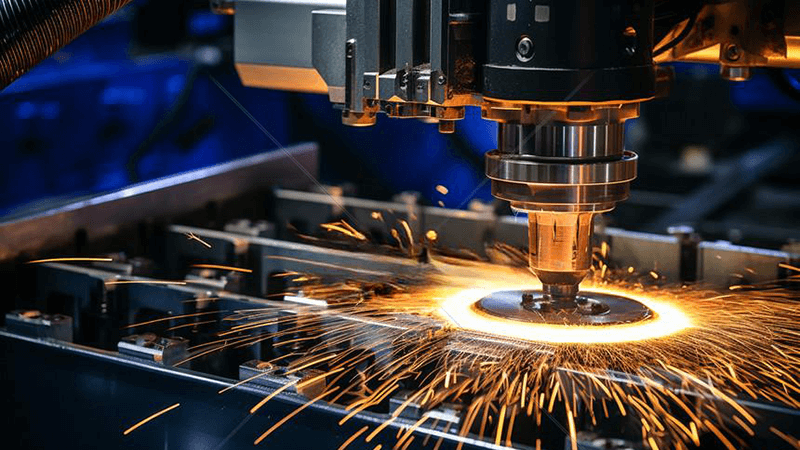
Cost-Effectiveness of Laser Cutting in the Long Run
Yes, laser cutting machines come with an upfront cost, but when you factor in fewer errors, less material waste, and shorter production cycles, it’s easy to see how laser cutting becomes a long-term investment that pays for itself. With traditional cutting methods, the need for additional manual labor or adjustments can drive up your production costs. Laser cutting’s accuracy reduces these needs and makes your operations more cost-efficient in the long run.
Another factor is maintenance. Laser cutters require far less maintenance compared to traditional machines. There are no blades to replace, no parts to wear out, and the laser itself is virtually maintenance-free. This contributes to overall cost savings over time.
Automation and Repeatability
Modern laser cutting systems use advanced automation and CNC (Computer Numerical Control) technology, boosting efficiency and ensuring precise, repeatable results. This integration is essential for high-volume manufacturing, where consistent quality is critical.
- Automation Features:
-
CNC Control: Enables precise programming of cutting paths and speeds, reducing manual intervention.
-
Software Optimization: CAD/CAM software optimizes cutting, minimizing waste and maximizing material usage.
-
Material Handling: Automated systems for loading/unloading materials reduce downtime and ensure smooth production.
- Repeatability Advantages:
-
Consistent Quality: CNC systems allow for tight tolerances (±0.001 mm), ensuring identical parts with every cut.
-
Non-contact Cutting: Laser cutters don’t wear out like mechanical tools, maintaining consistent performance without frequent replacements.
-
Enhanced Quality Control: High repeatability ensures precision, critical in industries like aerospace and automotive.
- Industry Applications:
-
Mass Production: Laser cutting ensures efficiency and accuracy in high-volume production, such as in the automotive industry.
-
Custom Fabrication: CNC systems easily handle unique designs with precision.
-
Complex Shapes: Laser cutting excels in creating intricate patterns for applications from jewelry to industrial parts.
Laser cutting machines require constant maintenance due to frequent wear and tear.False
Laser cutting machines require less maintenance compared to traditional methods since there are no blades or moving parts that wear out.
Laser cutting technology offers superior precision compared to traditional cutting methods.True
Laser cutting achieves precision with tolerances as fine as 0.1 mm, far surpassing the accuracy of traditional mechanical cutting methods.
Enhanced Safety Features
Laser cutting machines are equipped with advanced safety features to protect operators from potential hazards. The automation of the process reduces manual intervention, significantly lowering the risk of accidents compared to traditional cutting methods.
- Key Safety Features:
- Fully Enclosed Design: Prevents accidental exposure to the laser beam and shields operators from flying debris and sparks.
- Safety Interlocks: Ensures the machine operates only when safety doors are closed, automatically shutting down the laser if opened.
- Emergency Stop Buttons: Quick access buttons to halt the machine immediately in case of an emergency.
- Smoke and Fume Extraction Systems: Removes harmful smoke and fumes, maintaining a safer environment.
- Cooling Systems: Prevents overheating of components and minimizes fire risks.
- Class 1 Laser Safety Windows: Allows safe observation of the cutting process while blocking harmful laser radiation.
- Temperature Sensors: Alerts operators if temperatures exceed safe levels in the cutting area.
- **Protective Covers and Shields: Transparent shields provide visibility while protecting against laser radiation and splatter.
- Safety Advantages Over Traditional Methods:
- Reduced Manual Intervention: Automation reduces the risk of physical injuries compared to traditional methods like plasma cutting.
- Non-Contact Cutting: The laser doesn't touch the material, eliminating risks such as blade entanglement.
- Lower Fire Risks: Laser cutting generates less heat at the material surface, reducing fire hazards compared to traditional cutting methods.
- Cleaner Environment: Minimal waste and fewer hazardous by-products contribute to a safer, cleaner workplace.
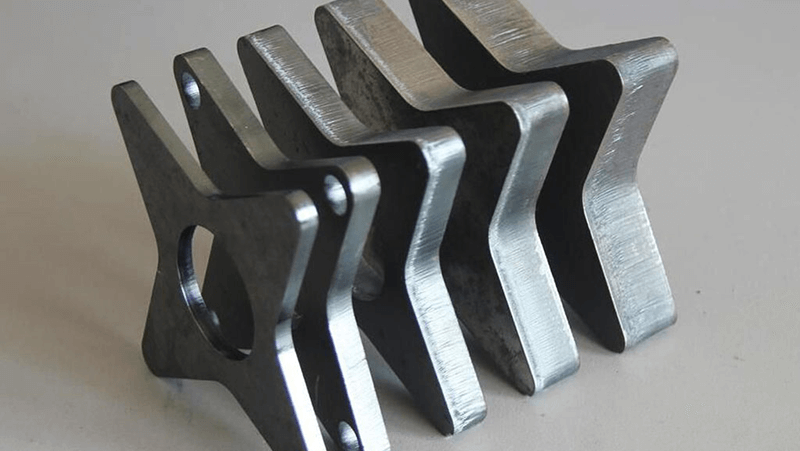
The Future of Laser Cutting: What’s Next?
Laser cutting technology is always evolving. The introduction of fiber lasers has expanded the capabilities of laser cutting, offering faster speeds and better energy efficiency. Advances in automation and AI integration are also pushing the boundaries, allowing for more autonomous operations with less human intervention.
What does this mean for you? If you’re already using laser cutting, you’ll have access to even more powerful machines and smarter technology. If you haven’t yet switched, now is the perfect time to jump in.
Conclusion: Why Laser Cutting is Essential for Your Business
To sum it up, laser cutting offers exceptional precision, unbeatable speed, and unmatched versatility. Whether you’re working in high-volume production or creating intricate prototypes, laser cutting technology ensures that you stay ahead of the competition. It’s time to modernize your operations and take advantage of the numerous benefits that laser cutting brings to the table.
Contact us today to learn how Kirin Laser’s cutting-edge machines can transform your manufacturing process!
References
- "Why Fiber Laser Cutting is the Future of Precision Manufacturing?", from Kirin Laser.
- "Guide to Laser Cutting Focus Adjustment and Method Selection for Optimal Efficiency and Quality.", from Kirin Laser.
- "Comparing Laser Machine Cutting to Traditional Methods.", from Kirin Laser.
- "How to Choose the Best Laser Cutting Machine for Steel Applications?", from Kirin Laser.
- "How Can You Achieve Optimal Laser Machine Cutting Performance?", from Kirin Laser.
- "Fiber Laser Cutting Safety: Risks, Safety Features and Equipment", from Accurl.
- "Laser Cutting vs Traditional Methods: A Comparison of Pros and Cons", from Kirin Laser.


